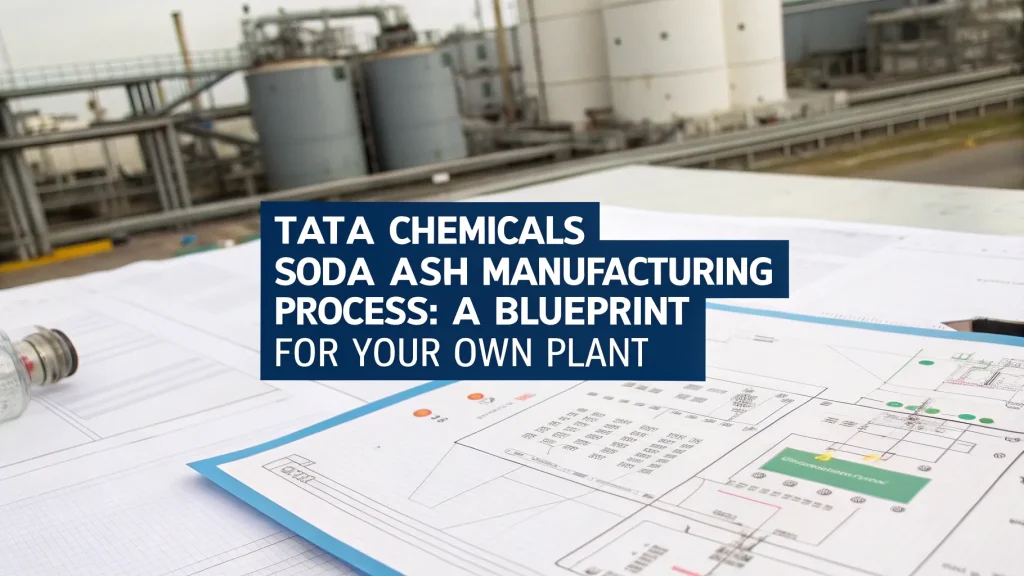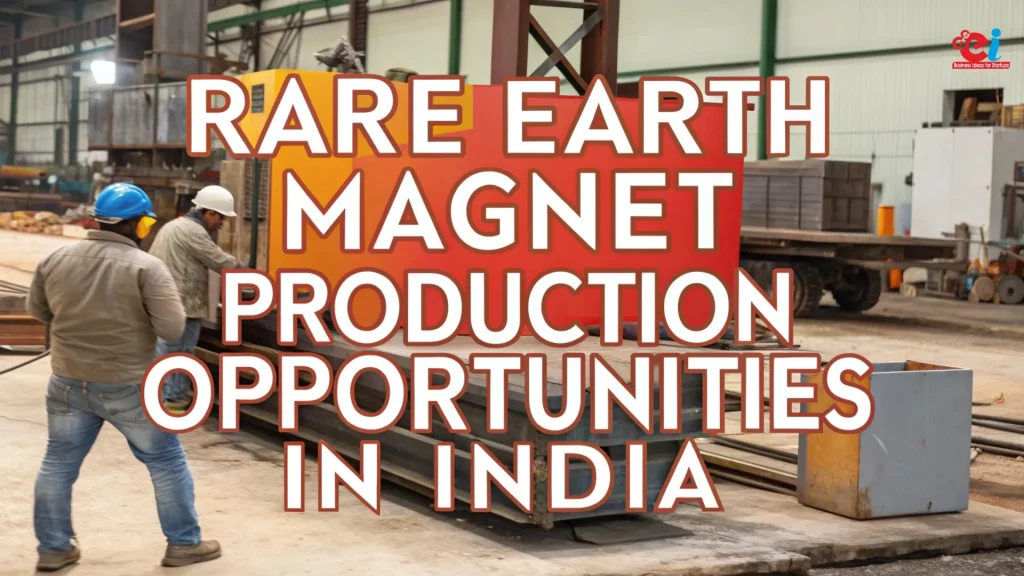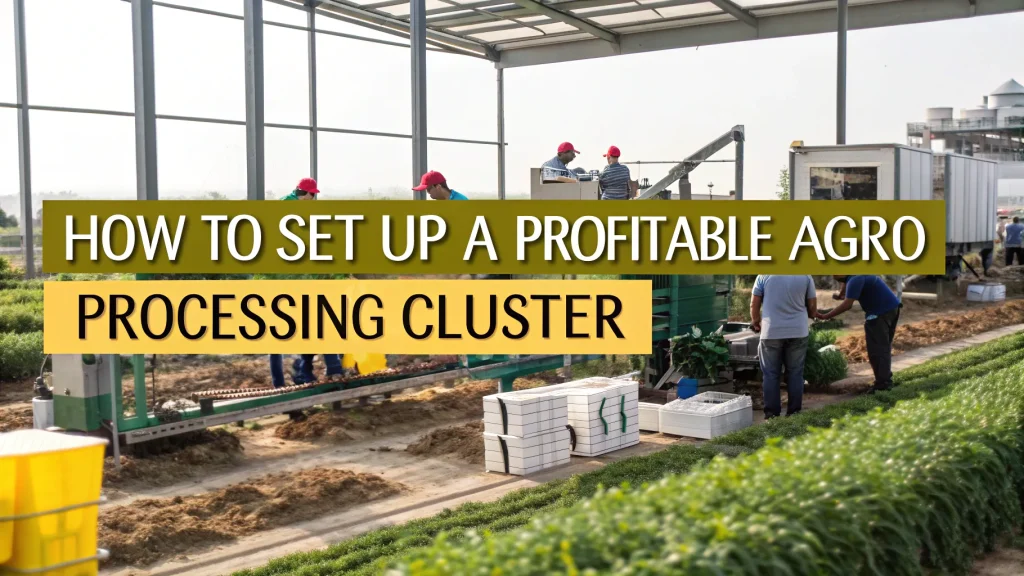The global ferroalloy industry is undergoing a major transformation in response to increasing environmental regulations, technological advancements, and changing market demands. Among the wide spectrum of ferroalloys, Low Carbon Ferro Chrome is rapidly gaining prominence due to its eco-friendly nature and essential role in stainless steel manufacturing. As steelmakers globally shift towards greener and more sustainable practices, the significance of Low Carbon Ferro Chrome in the future of the metallurgical industry is more relevant than ever.
Why Low Carbon Ferro Chrome is the Future of Ferroalloys
Low Carbon Ferro Chrome (LCFC) is an alloy of chromium and iron with low carbon content, typically less than 0.10%. It is primarily used in the production of stainless steel and special steels that require stringent control over carbon levels. The demand for high-quality stainless steel is increasing in industries such as construction, automotive, aerospace, and defense. This directly fuels the demand for Low Carbon Ferro Chrome, making it a cornerstone in the steel value chain.
One of the main advantages of LCFC is its ability to introduce chromium into steel without increasing the carbon content, which is crucial for applications that require corrosion resistance and strength. As global steel production continues to grow, particularly in Asia and Europe, the use of LCFC becomes indispensable.
Environmental and Regulatory Drivers
The global emphasis on reducing carbon emissions is pushing industries to shift from high-carbon to Low Carbon Ferro Chrome. Traditional high-carbon ferro chrome involves processes that emit significant amounts of CO? and other greenhouse gases. In contrast, LCFC is produced using advanced refining techniques such as the aluminothermic reduction process, which offers better energy efficiency and lower emissions.
With governments implementing stricter environmental norms, particularly in Europe and the U.S., steel manufacturers are under pressure to adopt cleaner raw materials. This is where Low Carbon Ferro Chrome steps in as a sustainable alternative. Additionally, certifications like ISO 14001 and ESG (Environmental, Social, Governance) compliance standards are pushing more companies toward low-carbon inputs to enhance their green credentials.
Rising Demand in Stainless Steel Production
The stainless steel industry is the primary consumer of Low Carbon Ferro Chrome, using it to achieve the desired levels of chromium without exceeding permissible carbon limits. Stainless steel is highly valued for its corrosion resistance, strength, and durability. Applications range from kitchen appliances and medical instruments to heavy-duty industrial machinery.
As per market studies, global stainless steel production is projected to grow at a CAGR of 5% over the next decade. This steady increase in demand is anticipated to drive the growth of the Low Carbon Ferro Chrome market significantly. Moreover, sectors like clean energy, electric vehicles, and infrastructure development are demanding advanced steel grades, further escalating the need for quality ferroalloys.
Technological Advancements in LCFC Production
Production methods of Low Carbon Ferro Chrome are evolving, contributing to better quality, cost-efficiency, and reduced environmental impact. Some of the key technologies influencing the industry include:
- Vacuum Oxygen Decarburization (VOD): This process removes carbon while retaining chromium, allowing manufacturers to produce ultra-low carbon grades efficiently.
- Aluminothermic Process: Used to produce LCFC with very low carbon and silicon content, this process is suitable for specialty steels and superalloys.
- Plasma Arc Furnaces: Though still in experimental stages in many regions, these can potentially reduce energy consumption and increase purity levels of ferroalloys.
These innovations are helping manufacturers meet the stringent quality specifications demanded by modern steel plants, reinforcing the role of Low Carbon Ferro Chrome in future metallurgical practices.
Geographical Trends and Market Dynamics
China, India, and South Africa are key players in the global ferroalloy market. China remains the largest producer and consumer of ferro chrome, while India is emerging as a strong supplier of Low Carbon Ferro Chrome due to its reserves of chrome ore and evolving manufacturing capabilities.
In South Africa, there is an increasing focus on beneficiation of raw materials and value-added production, leading to more efficient LCFC manufacturing. European nations face strict environmental rules and are likely to become major importers of LCFC due to its low emission profile.
As nations push for localized production and resource independence, Low Carbon Ferro Chrome is becoming a strategic commodity, influencing trade policies and bilateral agreements, especially between mineral-rich and steel-producing countries.
Investment Opportunities and Market Potential
With global industries seeking cleaner and high-quality alloys, investors are closely watching the Low Carbon Ferro Chrome segment. The market is poised for consistent growth, with potential investment avenues in:
- LCFC smelting units: These are in high demand in developing countries like India and Indonesia.
- Green ferroalloy plants: Integrated units that recycle waste heat and minimize emissions.
- R&D and Technology Parks: Focused on innovations in refining techniques and energy-efficient processes.
Market analysts expect the Low Carbon Ferro Chrome market to surpass USD 3.5 billion by 2030, driven by rising demand in the construction, automotive, and energy sectors. Governments are also offering incentives for green metallurgy projects, further enhancing the profitability of such investments.
Challenges and Strategic Considerations
Despite its promising future, the Low Carbon Ferro Chrome industry faces challenges like fluctuating raw material prices, energy costs, and stringent regulatory compliance. Chrome ore, the primary input, is subject to geopolitical risks and export controls, particularly in countries like South Africa and Zimbabwe.
Energy-intensive production processes mean that LCFC manufacturing can become cost-prohibitive in regions with high electricity tariffs. Hence, companies increasingly explore adopting renewable energy in smelting operations as a strategic move to reduce dependency on fossil fuels and improve cost structures.
Furthermore, players need to stay ahead by integrating automation and digital technologies into their manufacturing workflows. The use of AI, IoT sensors, and predictive analytics can significantly boost efficiency and product quality, giving early adopters a competitive edge in the Low Carbon Ferro Chrome market.
Conclusion: The Road Ahead for Low Carbon Ferro Chrome
The transition to sustainable metallurgy and green manufacturing is no longer optional—it is imperative. In this context, Low Carbon Ferro Chrome emerges as a game-changing material that aligns with environmental goals, regulatory requirements, and market demands for superior steel products.
Its role in stainless steel production, environmental compliance, and technological innovation makes it a pivotal player in the future of ferroalloys. Stakeholders, from manufacturers to investors and policymakers, must recognize the strategic importance of this alloy and act proactively to harness its potential.
As the world moves toward a low-carbon future, the consistent and efficient supply of Low Carbon Ferro Chrome will determine the success of many industries. Therefore, embracing this shift today will not only ensure regulatory compliance but also open doors to new growth opportunities and global leadership in green metallurgy.
Visit the page Select and Choose the Right Business Startup for You for sorting out the questions arising in your mind before starting any business and know which start-up you can plan. We, at NPCS, endeavor to make business selection a simple and convenient step for any entrepreneur/startup. Our expert team, by capitalizing on its dexterity and decade’s long experience in the field, has created a list of profitable ventures for entrepreneurs who wish to diversify or venture. We regularly update the list to give you a steady stream of new emerging opportunities.




